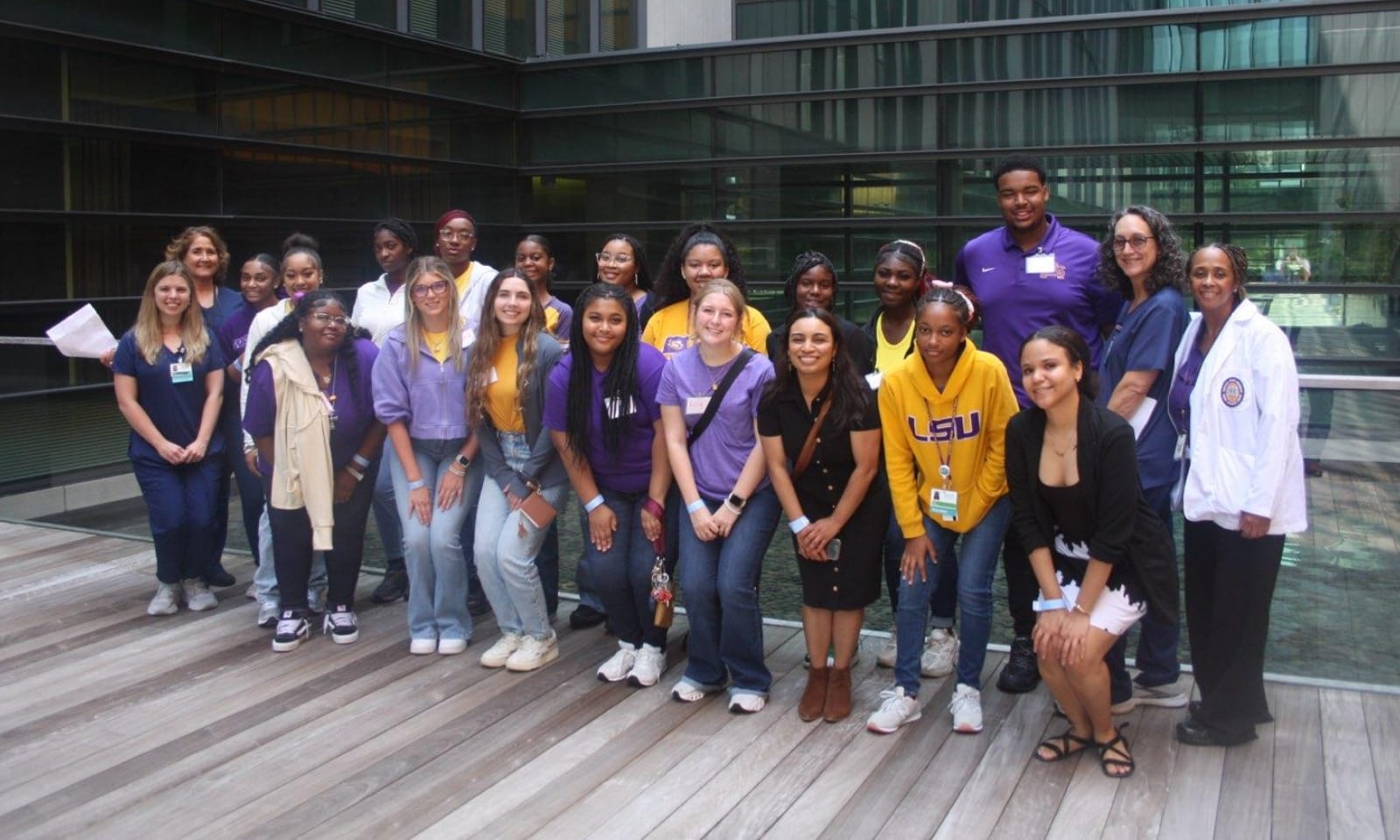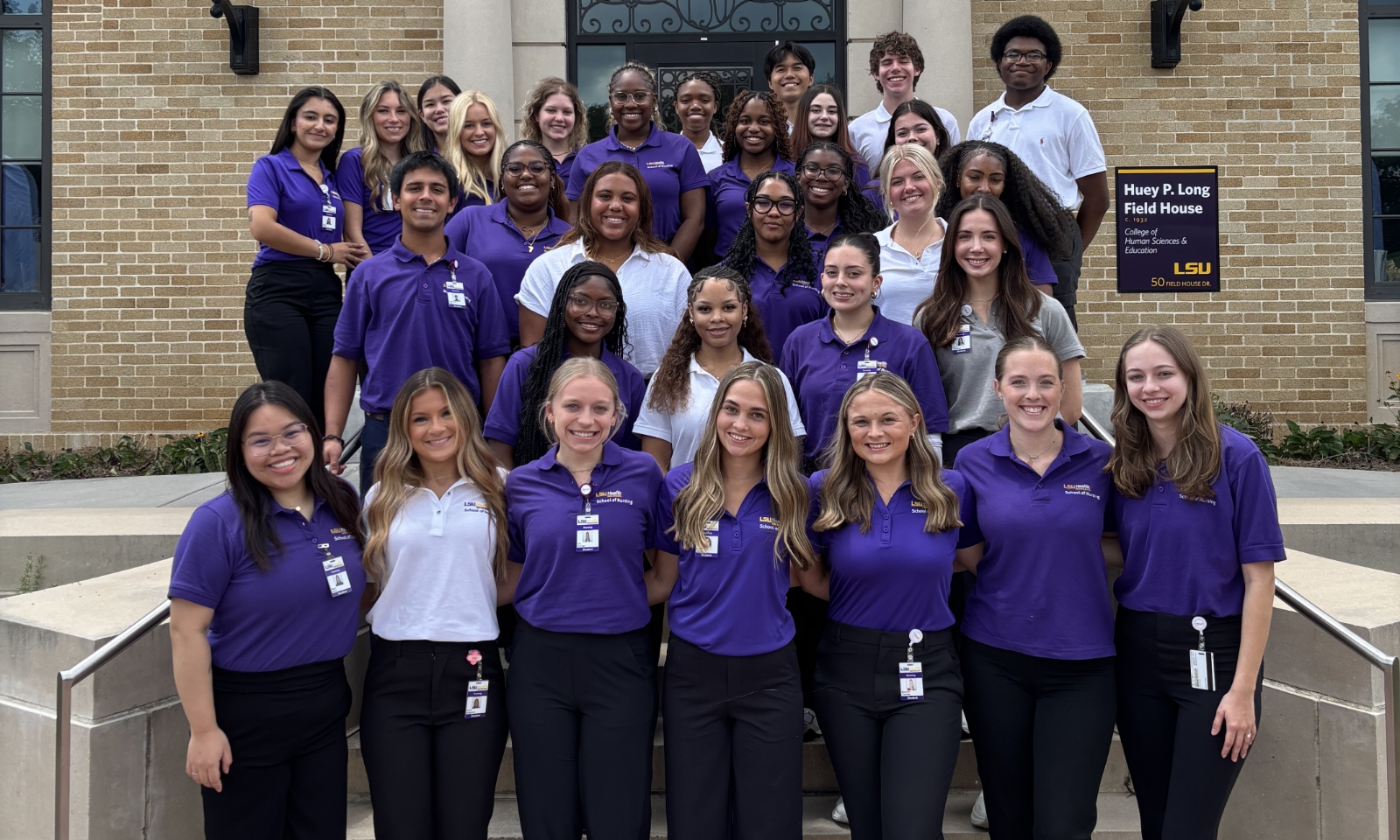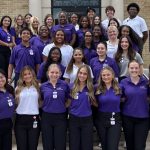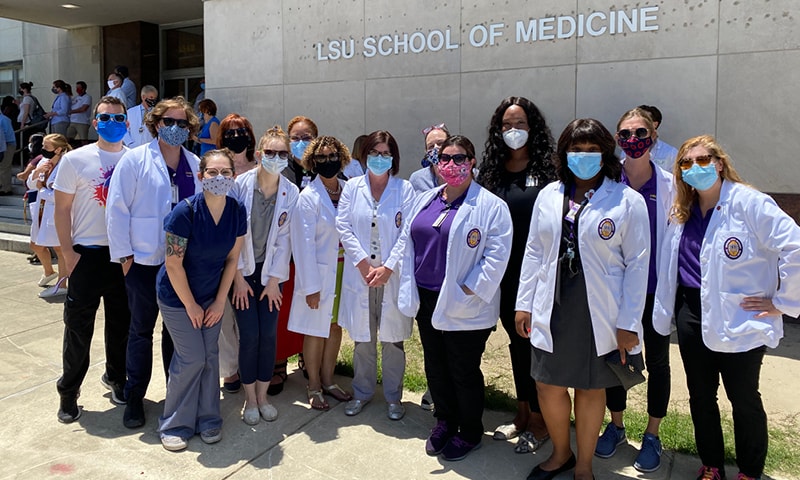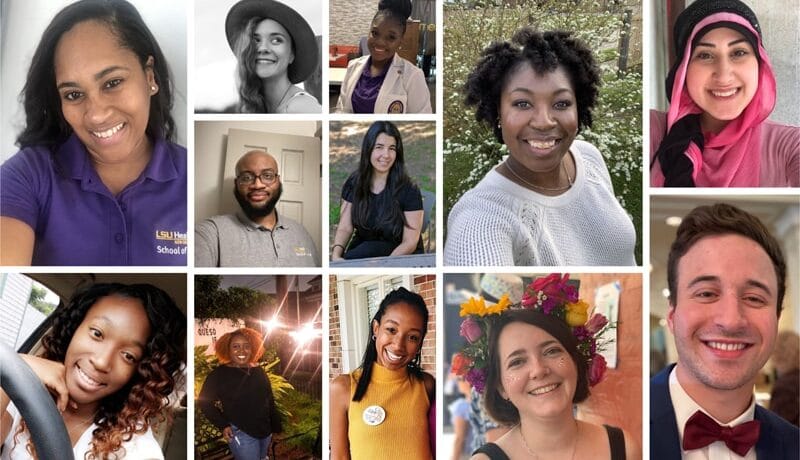The Nursing Workforce Diversity (NWD) Grant Program is a federal initiative designed to increase diversity in the nursing workforce by supporting students from underrepresented and disadvantaged backgrounds, including racial and ethnic minorities, economically disadvantaged individuals, and residents of rural or medically underserved communities. The program is administered by the Health Resources and Services Administration, part of the U.S. Department of Health and Human Services.
“The goal of the NWD Grant Program is to address health equity issues by developing a nursing workforce that better reflects the diversity of the population and can provide culturally competent care, ultimately improving health outcomes in underserved areas,” says Benita Chatmon, PhD, MSN, RN, CNE, Assistant Dean for Clinical Nursing Education and Project Director for the NWD grant.
The Pathways to Nursing Institute (PNI) summer high school program and the Immersion Program are two components of the work that the LSU Health Sciences Center New Orleans School of Nursing is doing with the $1 million grant awarded in September 2023.
Exploring Pathways to Nursing
First offered in June 2024, the PNI summer program enables high school students to meet faculty, students and advanced practice nurses working full time in local hospitals in a panel discussion format. During these discussions, high school students listen to personal testimonials about these nurses’ career journeys, including why each chose nursing as their career.
Attendees receive guidance about achieving academic success, study tips and advice for preparing their high school and early college resumes.
“In their discussions with our nursing students, high school participants had opportunities to ask real questions about nursing school matriculation and life,” says Gwen Stewart-Woods, MSN, RN, Pathways to Nursing Program Coordinator and Program Director for the Baccalaureate Articulation Program.
Over five days, PNI students also participated in a variety of courses, including Stop the Bleed, Introduction to Medical Terminology, and Body Systems and Associated Disorders. At the Nursing Skills and Technology Center/Simulation Center, current nursing students taught the high school participants simple nursing skills, which they then applied to guided simulation activities. PNI attendees also received a full-day ACT prep course that included an ACT prep manual free of charge.
Gaining Valuable Insights Through Immersion
The first session of the Immersion Program for newly admitted undergraduate minority students made possible through the NWD Grant took place over two weeks in late July and early August 2024. Similar sessions are planned for incoming students each semester while funding is available.
“The grant’s aim is to cultivate a nursing workforce that is not only reflective of our society but also possesses the cultural competence to provide high-quality care in rural and medically underserved communities,” says Demetrice Smith, DNP, MN, FNP-C, CNM, Immersion Program Coordinator and Assistant Program Director of Nurse Midwifery. “As part of the grant initiative, we have created a two-week hybrid summer program designed to provide students with the foundational skills and practical experience needed for success in nursing.”
The first week consisted of asynchronous, at-home study, during which students engaged in a series of online modules designed to equip them with essential student success strategies.
“They had to complete several bite-sized lessons and activities focusing on time management, study skills, learning styles, metacognition, and test-taking skills and strategies,” Dr. Smith says. “The following week, students transitioned to in-person learning, focusing on pathophysiology, pharmacology and basic science. They had mini-lectures daily in these courses to prepare for the upcoming semesters.”
Students participated in a variety of simulation lab activities, including the IV skills station, vital signs station and utilization of the school’s brand new Anatomage Table. They also toured the cadaver lab, participated in a student panel discussion, and networked with faculty and peers.
Before the start of the semester, new students met many current students, as well as undergraduate and graduate program directors, had a chance to ask questions and received tips for course success.
Feedback from participants included requests for continued touchpoints throughout the semester and more time for student mentoring and networking. Overall, evaluations reported that students felt more confident and prepared to enter their first semester of nursing school after attending the program.
Dr. Smith says the School of Nursing is setting up additional touchpoints for students, including a review of test-taking strategies, and Immersion Program organizers are looking to offer an additional session to students who attended the summer session prior to their second semester of nursing school. She says they are also planning to revamp the program for incoming nursing students to focus more on the basics of anatomy, physiology, medical terminology and simulation, while second-session students focus more on advanced pharmacology, pathophysiology and skills.


